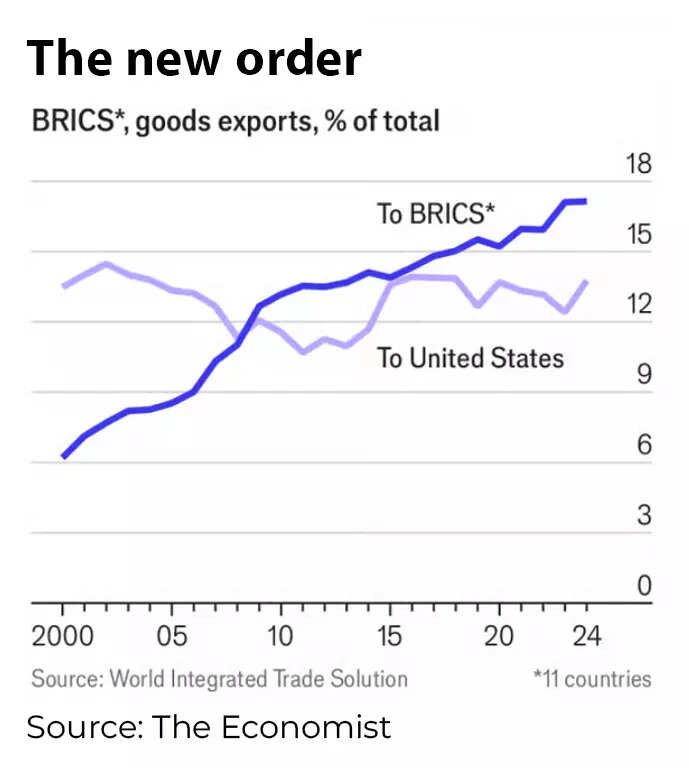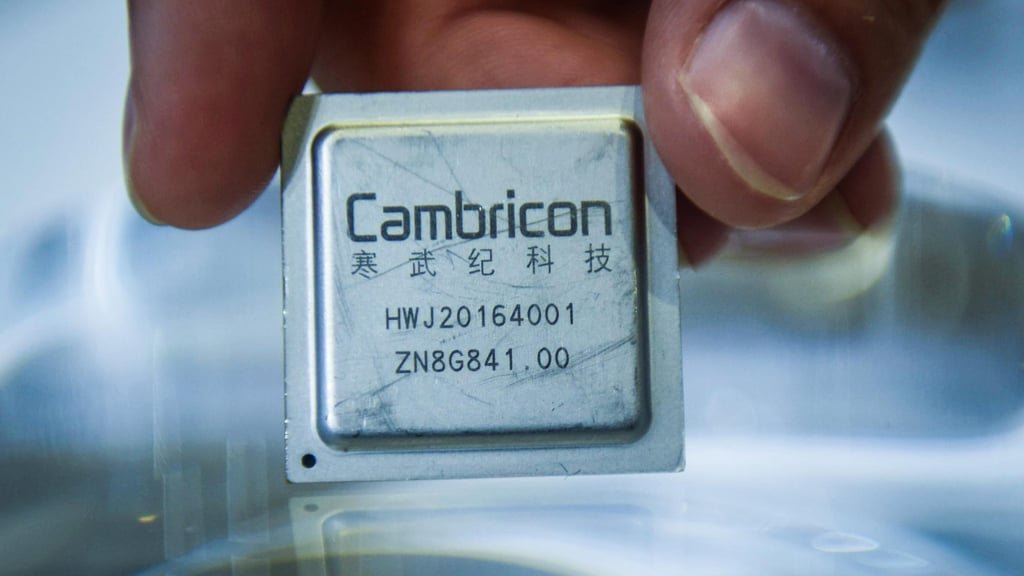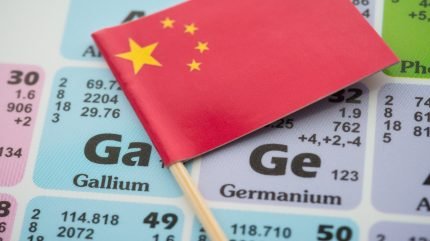Amid the buzz of a TikTok return for India, the ban, imposed five years ago, remains in full effect. Officials have also clarified that the app hasn’t been approved for Indian markets again.

“Government of India has not issued any unblocking order for TikTok. Any such statement or news is false and misleading,” officials stated on Friday, quashing rumors of a potential reversal of the ban amid reports of website access by some users.
Why did India ban TikTok?
India imposed the ban on TikTok and 58 other Chinese-origin apps on June 29, 2020, citing threats to the nation’s sovereignty and integrity, along with security of the state and public order.
This move followed violent clashes between Indian and Chinese troops in the Galwan Valley region, where tensions escalated and India sought to signal its resolve.
The app ban served as a geopolitical “digital counterstrike,” reinforcing national defensiveness via non-military means, analysts suggested after the announcement.
Security agencies had warned that the apps, including TikTok, were collecting user data and possibly transmitting it outside India without authorization, raising alarms about data privacy and potential espionage.
The ban was solidified in January 2021, becoming a permanent directive rather than a temporary measure.
How did the speculation of TikTok revival start
On Friday, several reports claimed that users were able to access the TikTok website and this could be a sign that the app may soon become available too.
While there was no official statement from the parent company ByteDance, social media was soon flooded with posts about how people were able to open the TikTok website.
However, officials noted such access did not extend to full functionality: users remained unable to log in, watch or upload videos, and the TikTok app remains unavailable on Indian app stores.
Interestingly, the clarification arrives at a time when bilateral relations between India and China appear to be warming:
- Trade via border passes such as Lipulekh, Shipki La, and Nathu La has resumed.
- Plans are underway to restore direct flight connections and ease visa access for tourists, business personnel, and media.
- Prime Minister Modi is set to travel to China from August 31 to September 1 for the SCO (Shanghai Cooperation Organisation) Summit in Tianjin, where he will hold bilateral meetings with other leaders.
The bond between TikTok and Indian users
India was once TikTok’s largest international market, with user bases estimated at 150 to 200 million before the ban. Following the ban, local alternatives like Moj and Chingari quickly emerged, but global giants such as YouTube (Shorts) and Instagram (Reels) captured the majority of displaced users.
For many creators and small businesses, the ban was deeply personal. TikTok had offered an accessible stage for millions, only to be abruptly shut down. Meanwhile, local vendors who had thrived on the foot traffic generated by video creators- such as snack shop owners in popular markets – reported steep declines in business.





![[News] TSMC Reportedly Eliminates Chinese Equipment Use in 2nm Production as U.S. Rules Loom](https://koala-by.com/wp-content/uploads/2025/08/TSMC-WAFER-NO6-624x416.jpg)

